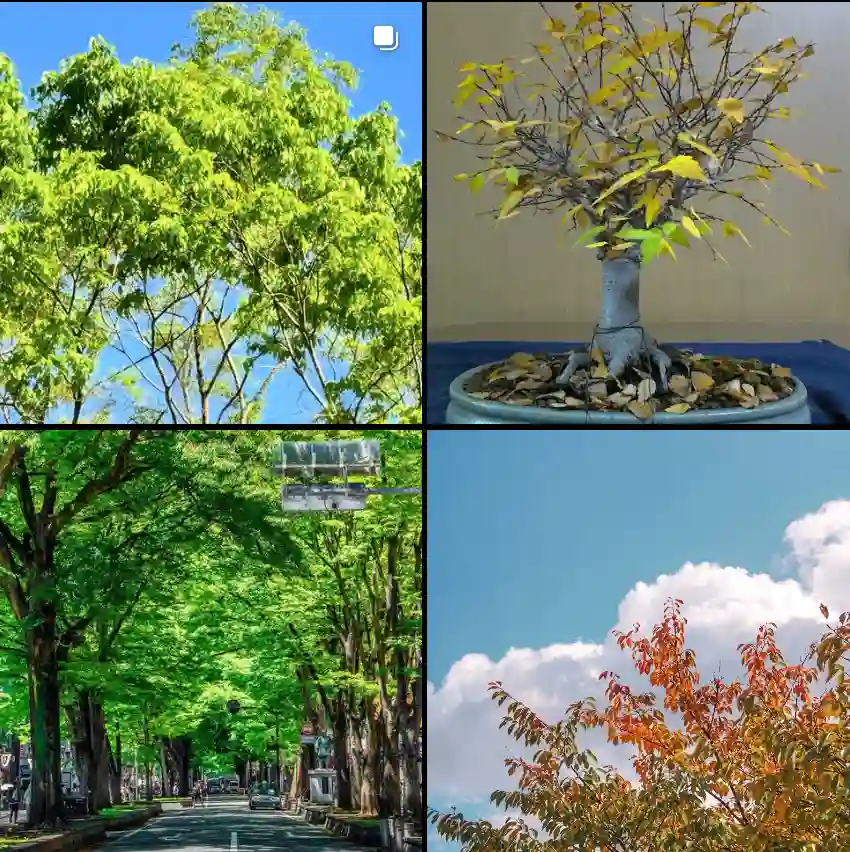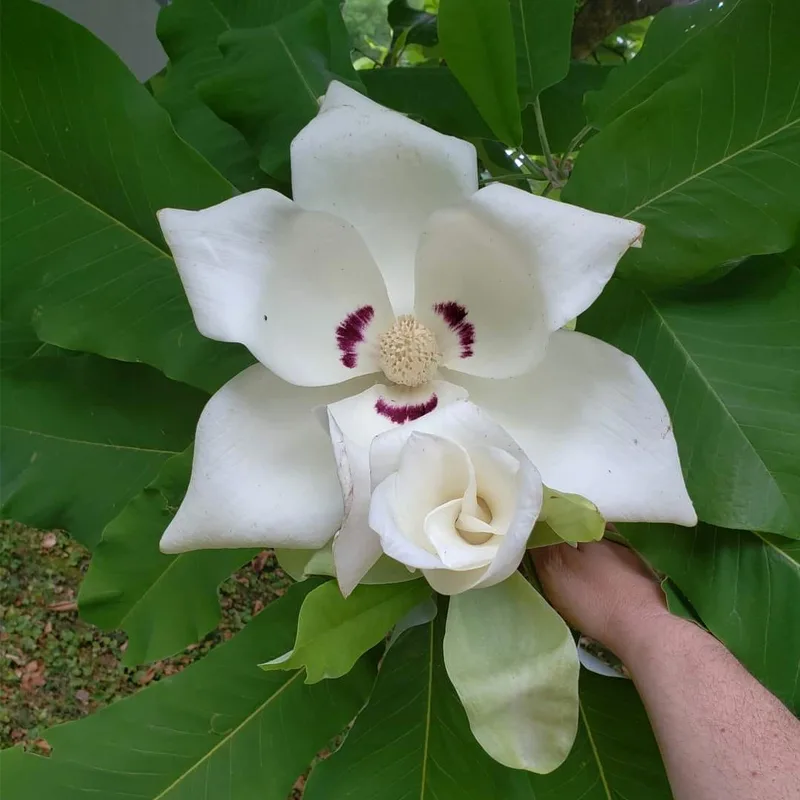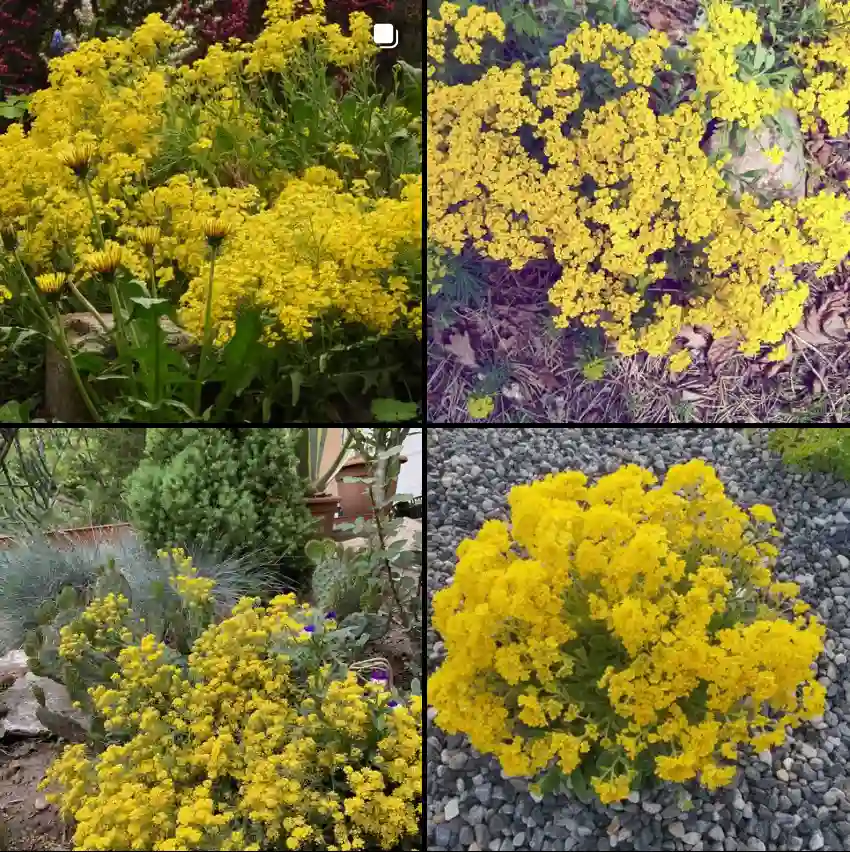The Majesty of Plane Trees: A Personal Reflection
As Ferb Vu, I’ve always been drawn to the grandeur of trees. Their silent strength, their longevity, and the way they provide shelter and beauty to the world around them have always fascinated me. But among the many arboreal wonders I’ve encountered, the plane tree, belonging to the genus Platanus, holds a special place in my heart.
These majestic trees, with their distinctive bark and broad leaves, are a common sight in many cities and towns around the world. They line streets, grace parks, and stand sentinel in gardens, providing shade and a sense of tranquility to urban landscapes. But there’s more to these trees than just their aesthetic appeal. They are survivors, with a history that stretches back millions of years, and they possess a unique resilience that allows them to thrive in even the harshest environments.
One of the things that I find most captivating about plane trees is their bark. Unlike the rough, furrowed bark of many other trees, the bark of a plane tree is smooth and exfoliating. It peels away in thin layers, revealing a mosaic of colors beneath – creams, greens, browns, and grays – creating a truly unique and eye-catching pattern. This shedding of bark is not just for show; it’s a clever adaptation that allows the tree to rid itself of pollutants and parasites, ensuring its continued health.
The leaves of the plane tree are equally striking. Large and palmate, they resemble outstretched hands with their five distinct lobes. In the fall, these leaves turn a beautiful golden yellow, adding a splash of warmth to the cooling air. And when they eventually fall, they form a thick carpet beneath the tree, providing a natural mulch that helps to retain moisture and nourish the soil.
But the true marvel of the plane tree lies in its ability to adapt and survive. These trees are incredibly tolerant of urban pollution and can thrive in conditions that would cripple other species. Their roots are strong and can penetrate even the most compacted soils, allowing them to access the water and nutrients they need to grow. This resilience has made them a popular choice for urban landscaping, where they provide much-needed greenery and shade in often challenging environments.
A Diverse Family
The genus Platanus is relatively small, comprising only around 12 recognized species. These species are native to the Northern Hemisphere, with a distribution that spans North America, Europe, and Asia:
- Platanus occidentalis (American sycamore): Native to the eastern United States, this is the largest of the plane trees, reaching heights of over 100 feet.
- Platanus orientalis (Oriental plane): Native to southeastern Europe and western Asia, this species is known for its spreading crown and deeply lobed leaves.
- Platanus x hispanica (London plane): This is a hybrid of P. occidentalis and P. orientalis, and it is one of the most commonly planted plane trees in cities around the world. It is particularly well-suited to urban environments due to its tolerance of pollution and compacted soils.
- Platanus racemosa (California sycamore): Native to California and Baja California, this species is known for its distinctive, mottled bark and its ability to thrive in dry conditions.
- Platanus kerrii: This species is unique among plane trees in that it is evergreen. It is native to Southeast Asia and is a popular ornamental tree in tropical and subtropical regions.
- Platanus gentryi Nixon & J.M.Poole
- Platanus lindeniana M.Martens & Galeotti
- Platanus mexicana Moric.
- Platanus orientalis L.
- Platanus palmeri (Kuntze) ined.
- Platanus rzedowskii Nixon & J.M.Poole
- Platanus wrightii S.Watson
A Symbol of Resilience
For me, the plane tree is more than just a beautiful and resilient tree. It’s a symbol of strength, adaptability, and longevity. It reminds me that even in the face of adversity, it’s possible to thrive and make a positive impact on the world around us. Just as the plane tree provides shade and shelter to those around it, we too can strive to be a source of support and strength for others.
And so, the next time you find yourself walking beneath the canopy of a plane tree, take a moment to appreciate its beauty and its resilience. Remember that this tree has witnessed the passage of time, weathering storms and challenges with grace and strength. And perhaps, it can serve as an inspiration to us all, reminding us to embrace our own strength and resilience as we navigate the complexities of life.




